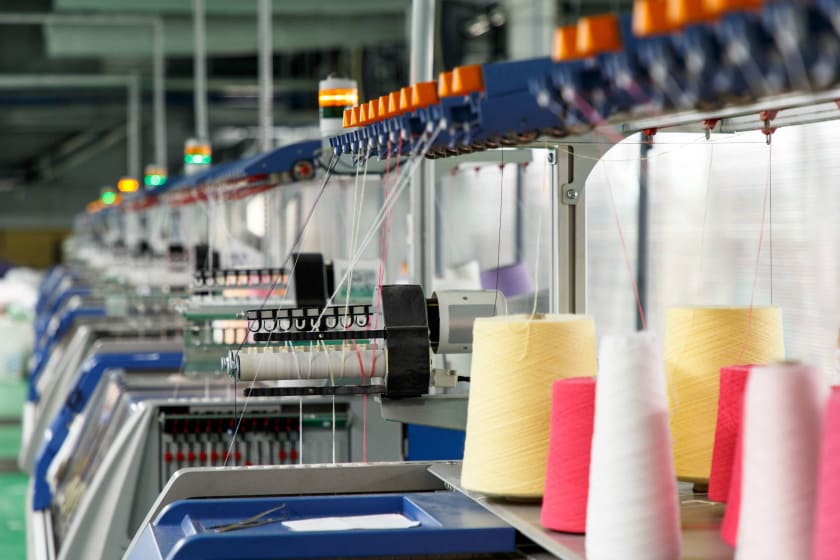natural indigo pigment
The Allure of Natural Indigo Pigment A Journey Through Time and Culture
Indigo, a deep blue dye derived from the leaves of the indigo plant, has captivated civilizations for millennia. More than just a color, natural indigo pigment embodies a rich heritage, linking traditional practices with contemporary artistry. From ancient textile traditions to modern-day sustainable fashion, indigo has woven itself into the fabric of human culture, making it a remarkable subject for exploration.
Historical Significance
The history of indigo dyeing dates back to ancient times, with evidence of its use as far as 2500 BCE in the Indus Valley Civilization. Known for its vibrant hue and colorfast properties, indigo quickly became a prized commodity across the globe. The Egyptians, Greeks, and Romans all utilized indigo, trading it along the Silk Road, which facilitated its spread across continents.
In West Africa, indigo dyeing is deeply entrenched in cultural practices. The rich blue color is not only used for textiles but also carries spiritual significance. Traditional methods of indigo dyeing, such as the fermentation method, showcase the elaborate craftsmanship associated with this natural pigment. By fermenting indigo leaves in water, artisans can create a dye that is both eco-friendly and strikingly beautiful.
The Science Behind Indigo
Natural indigo comes from the plant Indigofera tinctoria. The dye extraction process is labor-intensive, involving the fermentation of the plant leaves to convert indican (a colorless compound in the leaves) into indigo dye. This method requires skill and patience, ensuring the preservation of the dye's unique qualities.
The dye’s rich, radiant color has several shades, ranging from vibrant blue to deep navy, depending on the concentration and dyeing technique used. Unlike synthetic dyes which can fade or cause environmental harm, natural indigo is biodegradable and less harmful to human health, making it a sustainable choice in dyeing textiles.
natural indigo pigment

Indigo in Textiles
In the world of fashion and textiles, indigo has held a special place. It is most famously associated with denim, which epitomizes a blend of durability and style. The classic blue jeans we wear today owe their iconic color to indigo dye. The process of dyeing denim with indigo lends each piece a distinct personality, as faded areas testify to the garment's journey.
Various cultures have developed their unique textile patterns and techniques featuring indigo dye. For instance, Japanese shibori incorporates intricate tie-dyeing methods that create stunning, multicolored patterns. Meanwhile, in India, traditional Bandhani tie-dye incorporates indigo to produce ornate designs on fabrics. These cultural expressions highlight the versatility of natural indigo as a pigment.
Contemporary Renaissance of Natural Indigo
In recent years, there has been a resurgence of interest in natural dyes, including indigo, driven by a demand for sustainable and ethical fashion. As consumers become more aware of the environmental impacts of synthetic textiles, brands and artisans are revisiting traditional dyeing techniques. Many modern designers have embraced natural indigo, integrating it into their collections to create clothing that honors the planet.
This renaissance also considers the social implications of dye production. Many artisans and communities engaged in natural indigo dyeing practices benefit from fair trade initiatives that promote sustainable livelihoods. By supporting these communities, consumers can contribute to preserving centuries-old traditions while advocating for ethical practices in fashion.
Conclusion
The story of natural indigo pigment transcends time and geography, weaving a tapestry rich in history and culture. From its ancient roots to its modern resurgence in ethical fashion, indigo not only provides a stunning visual palette but also fosters a deeper connection to our shared heritage. Embracing natural indigo is more than a trend; it is a celebration of artistry, sustainability, and cultural legacy. As we move toward a future where environmental consciousness reigns, natural indigo serves as a reminder of the beauty and significance of our past, inspiring us to create a more sustainable world.
-
The Timeless Art of Denim Indigo Dye
NewsJul.01,2025
-
The Rise of Sulfur Dyed Denim
NewsJul.01,2025
-
The Rich Revival of the Best Indigo Dye
NewsJul.01,2025
-
The Enduring Strength of Sulphur Black
NewsJul.01,2025
-
The Ancient Art of Chinese Indigo Dye
NewsJul.01,2025
-
Industry Power of Indigo
NewsJul.01,2025
-
Black Sulfur is Leading the Next Wave
NewsJul.01,2025

Sulphur Black
1.Name: sulphur black; Sulfur Black; Sulphur Black 1;
2.Structure formula:
3.Molecule formula: C6H4N2O5
4.CAS No.: 1326-82-5
5.HS code: 32041911
6.Product specification:Appearance:black phosphorus flakes; black liquid

Bromo Indigo; Vat Bromo-Indigo; C.I.Vat Blue 5
1.Name: Bromo indigo; Vat bromo-indigo; C.I.Vat blue 5;
2.Structure formula:
3.Molecule formula: C16H6Br4N2O2
4.CAS No.: 2475-31-2
5.HS code: 3204151000 6.Major usage and instruction: Be mainly used to dye cotton fabrics.

Indigo Blue Vat Blue
1.Name: indigo blue,vat blue 1,
2.Structure formula:
3.Molecule formula: C16H10N2O2
4.. CAS No.: 482-89-3
5.Molecule weight: 262.62
6.HS code: 3204151000
7.Major usage and instruction: Be mainly used to dye cotton fabrics.

